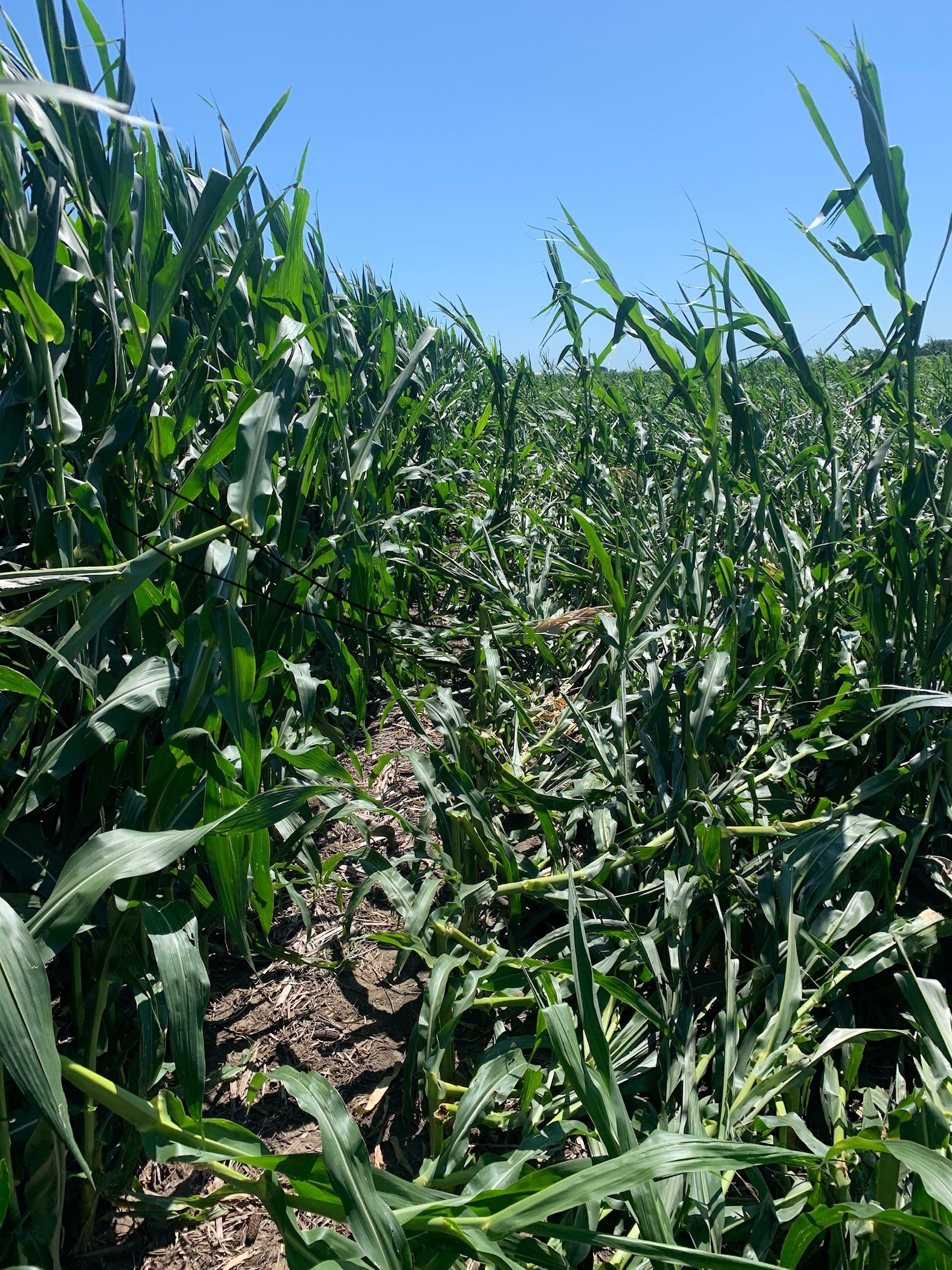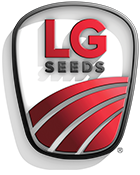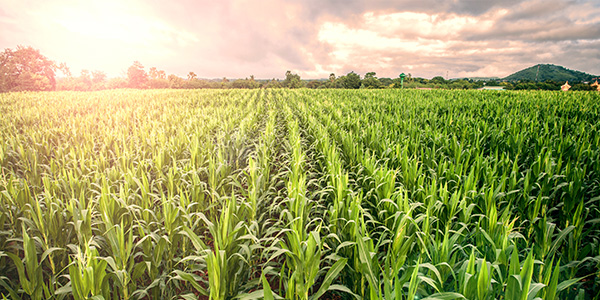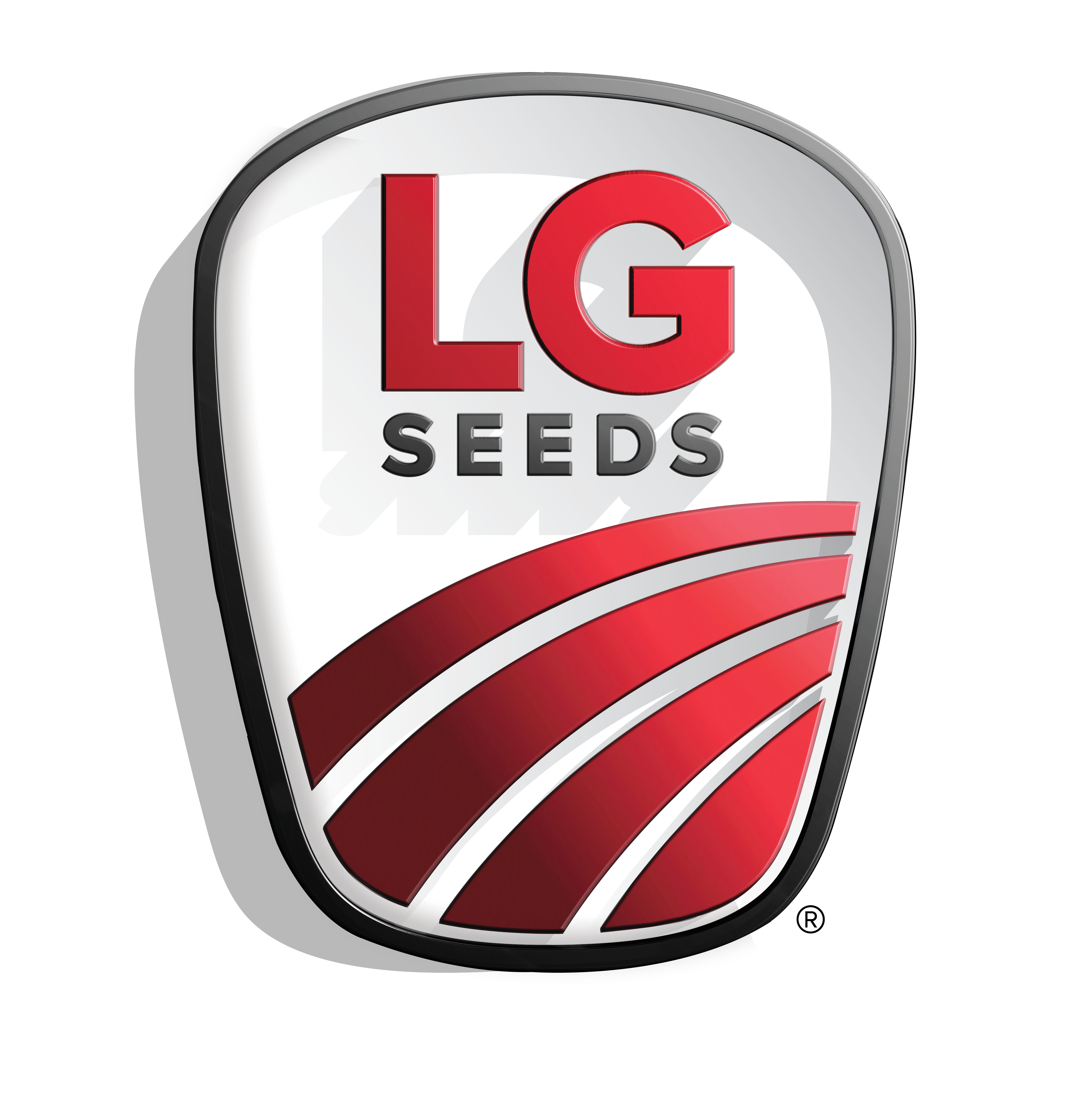AGRONOMICSUPPORT
YOU CAN TAKETO THE FIELD
Don’t Let Greensnap Derail Your Season
Picture this: Your corn crop looks beautiful. You’ve had the perfect mix of sunshine and rain, and pollination is right around the corner. Then bam. A thunderstorm packing high winds rolls through, snapping stalks and making a mess of fields.
That reality is all too common for farmers in certain areas of the country. “I don’t think I’ve had a summer without greensnap,” observes Mark Grundmayer, an LG Seeds agronomist based in Nebraska with nearly three decades of experience.
That experience makes him well-versed on what farmers can do to lower the odds of greensnap and limit its impact when it hits.
Key points
- Greensnap occurs when corn stalks are snapped during the V5-V8 and V12-VT stages.
- Farmers can reduce greensnap with strong hybrids and population management.
- New hybrids from LG Seeds like LG61C28 offer better tolerance to greensnap.
Ideal growing conditions can set the stage
“Unfortunately, greensnap occurs when you have good growing conditions — adequate nitrogen, moisture, sunlight and heat,” Grundmayer says. In contrast, years when drought stress results in shorter plants typically results in fewer greensnap incidents.
“When a corn plant responds to favorable conditions and grows fast, it might not have a chance to get lignin developed between the nodal plates,” he explains, likening lignin to the ligaments in your knee. If wind hits before that material has connected those nodes, greensnap can occur.
There are two main windows when greensnap happens: V5-V8 and V12-VT. The latter is more common because there’s more plant material to catch the wind at those stages.
The risk factor rises if a crop has recently received rain or is under pivot irrigation. When a plant is swollen with water, its cells are more prone to snapping.
Protect your fields
Use of a growth-regulator product a few days before a wind event can make corn plants more vulnerable to greensnap. Grundmayer advises making applications of products like dicamba, 2,4-D and clopyralid prior to V4. “They all work really well for an early post-application,” he says.
Another thing farmers in areas with elevated greensnap risk can consider is row orientation. “Storms typically come from the northwest,” Grundmayer says. “Avoiding whatever row direction plays into the wind side can help.”
Fields with lower planting population also tend to have less snapping because those plants don’t have to stretch as much, and the stalks are thicker.
But the biggest determinant is the hybrid’s genetics. “Farmers in at-risk areas should select hybrids with strong greensnap ratings, but they shouldn’t plant the entire farm to it,” Grundmayer says. “Hybrid diversity is important.”
What’s behind greensnap ratings
Greensnap is tricky to measure. There are a lot of environmental factors at play and normalized data is limited, explains Mike Popelka, hybrid product breeding manager at
AgReliant Genetics. His team breeds one-of-a-kind genetics that LG Seeds offers to farmers.
“Anytime there’s a greensnap event, we’re taking scores on all the hybrids in the test plots,” Popelka says. “And we’re always exploring new screening methods — like using a helicopter to simulate high winds.”
Each hybrid is different. “One might be prone to snapping at the V5 to V8 period, but then it’s rock solid in the pre-tassel period. The opposite might be true for another hybrid,” Popelka says. “We spend a lot of time making sure our scores are right.”
Popelka says farmers can feel confident in LG Seeds’ greensnap ratings because 1) they are backed by multiple years of data and 2) many people are involved in the decision-making process regarding what products are commercialized.
“At the precommercial level, hybrid product breeders, product development, brand agronomists and brand product managers are involved. All those influences come together when we advance hybrids,” Popelka explains. “Years of data along with multi-person experience with the product provide more confidence and stability in our greensnap scores.”
He’s especially excited about the potential for LG61C28 to fortify farmers’ defenses when it hits the market next season. “We advanced the product with the western geography in mind,” he continues. “It has the greensnap tolerance we want, along with drought tolerance. It does well under irrigation. It yields well.”
When greensnap hits
When greensnap downs crops, Grundmayer encourages farmers assessing fields to make sure they’re not just looking at the worst spot. “You need to get a good handle on exactly how much broke within the field,” he says, adding that damage often isn’t as bad as feared. “Drones are fantastic for assessing damage.”
Of course, the biggest impact of greensnap is lost yield. But snapped corn also opens the canopy to more sunlight, increasing weed pressure.

Harvestability can be a problem and rows may be tough to distinguish. “Get in early if you can,” Grundmayer recommends. “Whatever you can do to get everything that’s out there in the combine and into the bin helps the bottom line.”
Looking for more support dealing with this season’s challenges? Reach out to your local LG Seeds agronomist.





